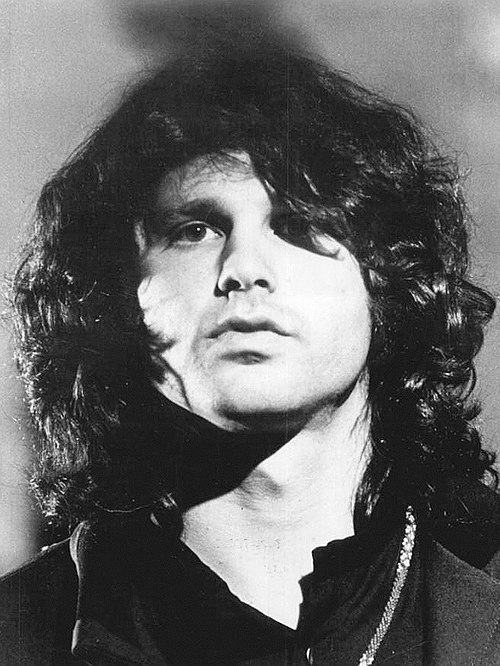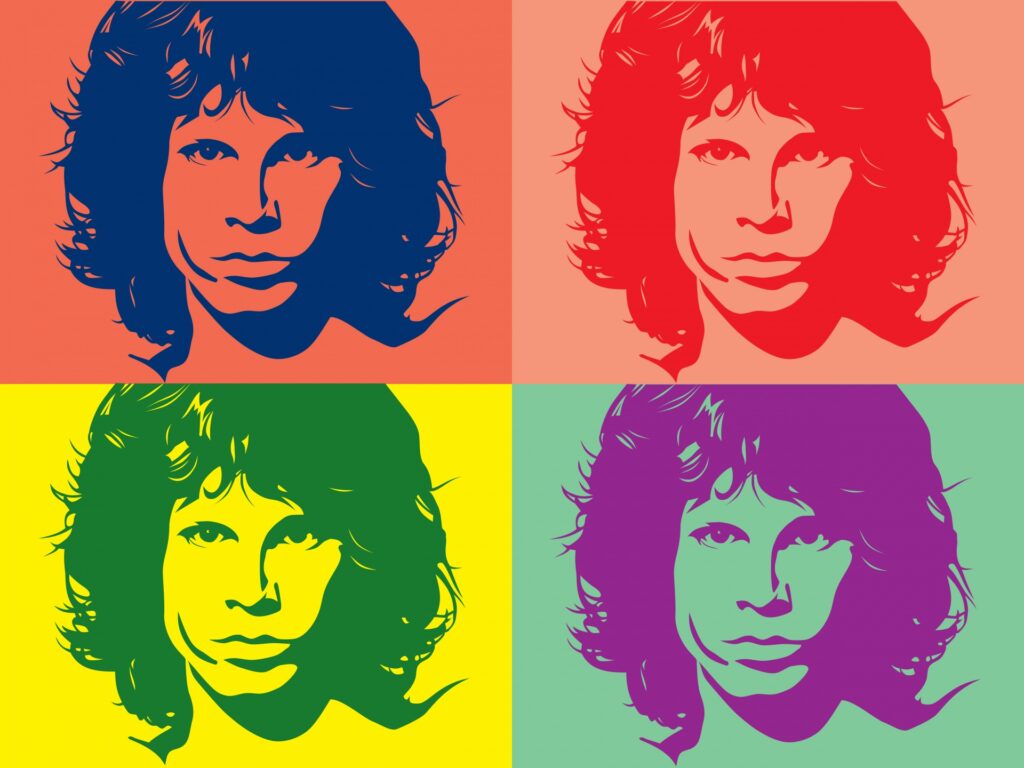Wednesday’s Chronicle: Formed in Los Angeles in 1965, The Doors emerged as one of the most influential and controversial rock acts of the 1960s. Comprising Jim Morrison (vocals), Ray Manzarek (keyboards), Robby Krieger (guitar), and John Densmore (drums), the band captivated audiences with their unique blend of psychedelic rock, blues, and jazz influences. Their debut album, The Doors (1967), featured the iconic track “Light My Fire,” propelling them to international fame. In September 1968, The Doors concluded their sole European tour with a memorable performance at Stockholm’s Konserthuset, showcasing their expanding international influence. In this edition, we delve into their musical journey, exploring their evolution from the haunting “The End” to the introspective “Riders on the Storm” (source).


Legends of Rock / Overview
The Doors cemented their place in rock history with a sound that was both daring and unforgettable. Fronted by the charismatic and unpredictable Jim Morrison, alongside Ray Manzarek, Robby Krieger, and John Densmore, the band pushed the boundaries of 1960s rock, blending psychedelic, blues, and jazz influences. Their music and stage presence were electric, controversial, and revolutionary, earning them a spot among the legends of rock. From their debut hits to the introspective poetry woven through their albums, The Doors became a defining voice of their generation, leaving a legacy that continues to inspire musicians and fans alike.
From the Beginning / Nod to Tradition
The Doors formed in Los Angeles in 1965, emerging from a city already alive with musical experimentation. Jim Morrison’s poetry and raw charisma paired with Ray Manzarek’s keyboard mastery, Robby Krieger’s inventive guitar, and John Densmore’s jazz-influenced drumming to create a sound that honored rock tradition while pushing it into uncharted territory. Their early performances in small clubs and local venues built a reputation for intensity and unpredictability, a nod to the spirit of classic rock and blues while forging a new path in psychedelic music. These roots laid the foundation for a career that would both define and challenge the limits of 1960s rock culture.
Singles / Key Tracks
The Doors released a string of singles that became instant classics, defining their place in rock history. “Break On Through (To the Other Side)” announced their arrival with bold energy, while “Light My Fire” became an international hit, showcasing their mix of hypnotic organ riffs and Morrison’s magnetic vocals. Tracks like “People Are Strange” and “Riders on the Storm” revealed the band’s poetic, sometimes haunting side, blending storytelling with unforgettable melodies. Each single was more than just a song—it was a statement, a glimpse into the experimental and boundary-pushing approach that made The Doors one of the most influential acts of the 1960s.
Album Highlights / L.A. Woman
Released in 1971, L.A. Woman marked both a pinnacle and a poignant turning point for The Doors. The album captured the band at their most raw and soulful, blending blues, rock, and Morrison’s poetic sensibility. Standout tracks like the title song “L.A. Woman” and “Riders on the Storm” showcase the band’s musical maturity and willingness to explore darker, more introspective themes. Tragically, it was also the last album released during Jim Morrison’s lifetime, adding a layer of intensity and poignancy to the record. L.A. Woman stands as a testament to the band’s enduring artistry, closing one chapter of their career while leaving an indelible mark on rock history.

Style, Influence, and Cultural Impact
The Doors were more than just a rock band—they were a cultural phenomenon. Their music fused psychedelic rock, blues, and jazz, creating a sound that was both innovative and timeless. Jim Morrison’s poetic lyrics and magnetic stage presence challenged social norms, while the band’s willingness to experiment with unconventional song structures influenced countless musicians in the decades that followed. From fashion to film, The Doors’ impact extended beyond music, shaping the counterculture of the 1960s and 1970s. Their fearless approach to artistry set a new standard for what a rock band could be, and their legacy continues to inspire new generations of artists and fans worldwide.
Challenges and Comebacks
The Doors faced both internal and external challenges throughout their career. Jim Morrison’s unpredictable behavior and legal troubles often put the band under intense scrutiny, while the pressures of fame tested their creative cohesion. After Morrison’s untimely death in 1971, the remaining members attempted to continue as a trio, releasing a few more albums, but nothing matched the magnetic force of the original lineup. Despite these setbacks, The Doors’ music endured, experiencing a resurgence through reissues, documentaries, and tributes. Their ability to confront controversy head-on and maintain a lasting influence is a testament to the band’s resilience and the timeless power of their artistry.
Revelations / Interesting Facts
The Doors are full of fascinating stories that reveal just how unique they were. Did you know that the band’s name was inspired by Aldous Huxley’s book The Doors of Perception? Or that Jim Morrison once read poetry to an audience at a poetry club before The Doors ever formed? Their innovative use of the organ as a lead instrument, rather than just background, helped shape their iconic sound. Riders on the Storm was partially improvised in the studio, showing their fearless approach to creativity. These glimpses behind the music highlight not just their talent, but the experimental spirit that made The Doors a defining force in rock history.

End of the Ride / Legacy
The Doors left an indelible mark on rock music and culture, their influence resonating long after their final performances. Jim Morrison’s untamed charisma, combined with the band’s innovative sound, created music that challenged conventions and inspired generations. From their poetic lyrics to groundbreaking albums like L.A. Woman, The Doors set a standard for artistic daring and authenticity. Even decades later, their songs continue to echo in popular culture, proving that while the ride may have ended, their legacy is timeless—etched forever into the history of rock.
